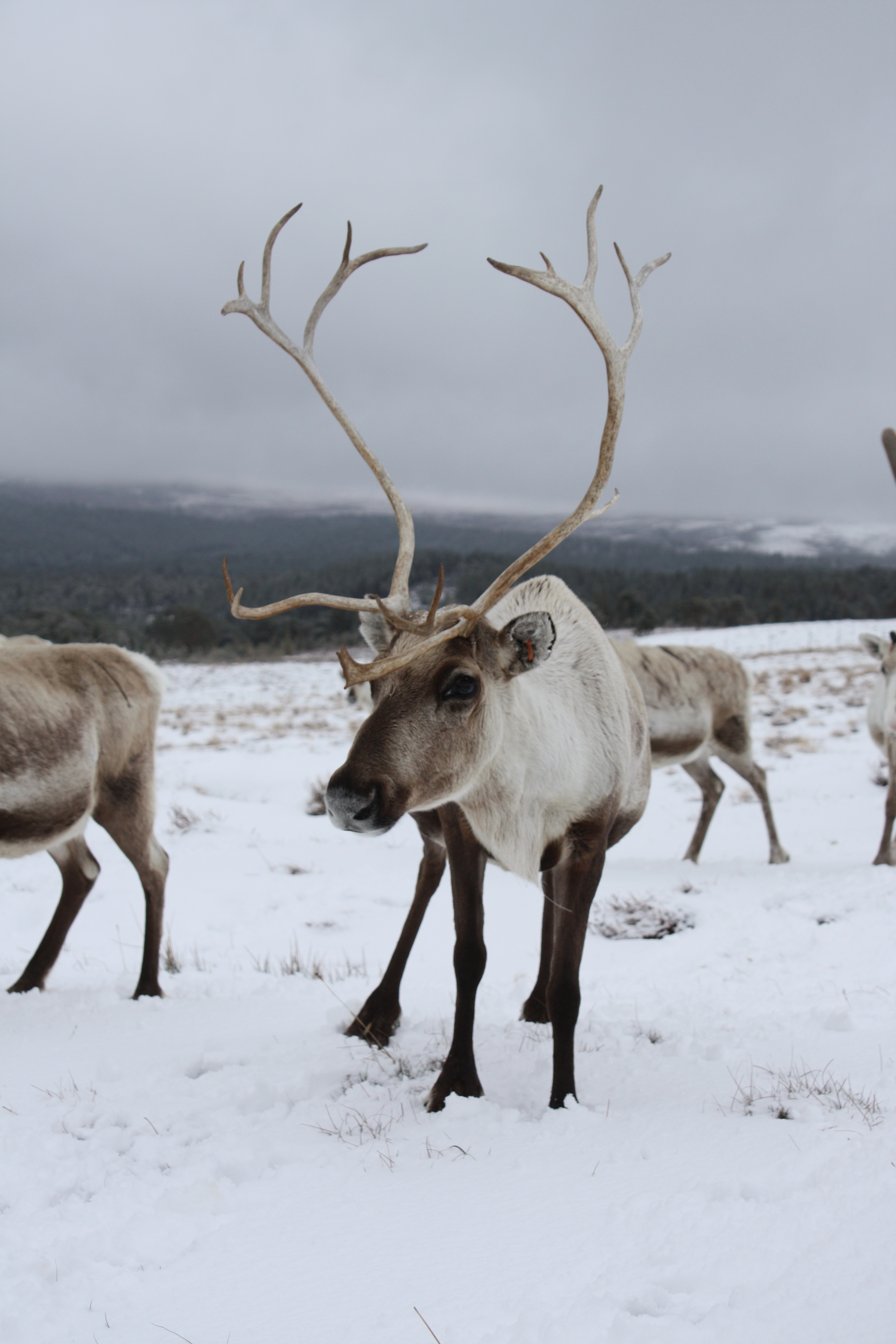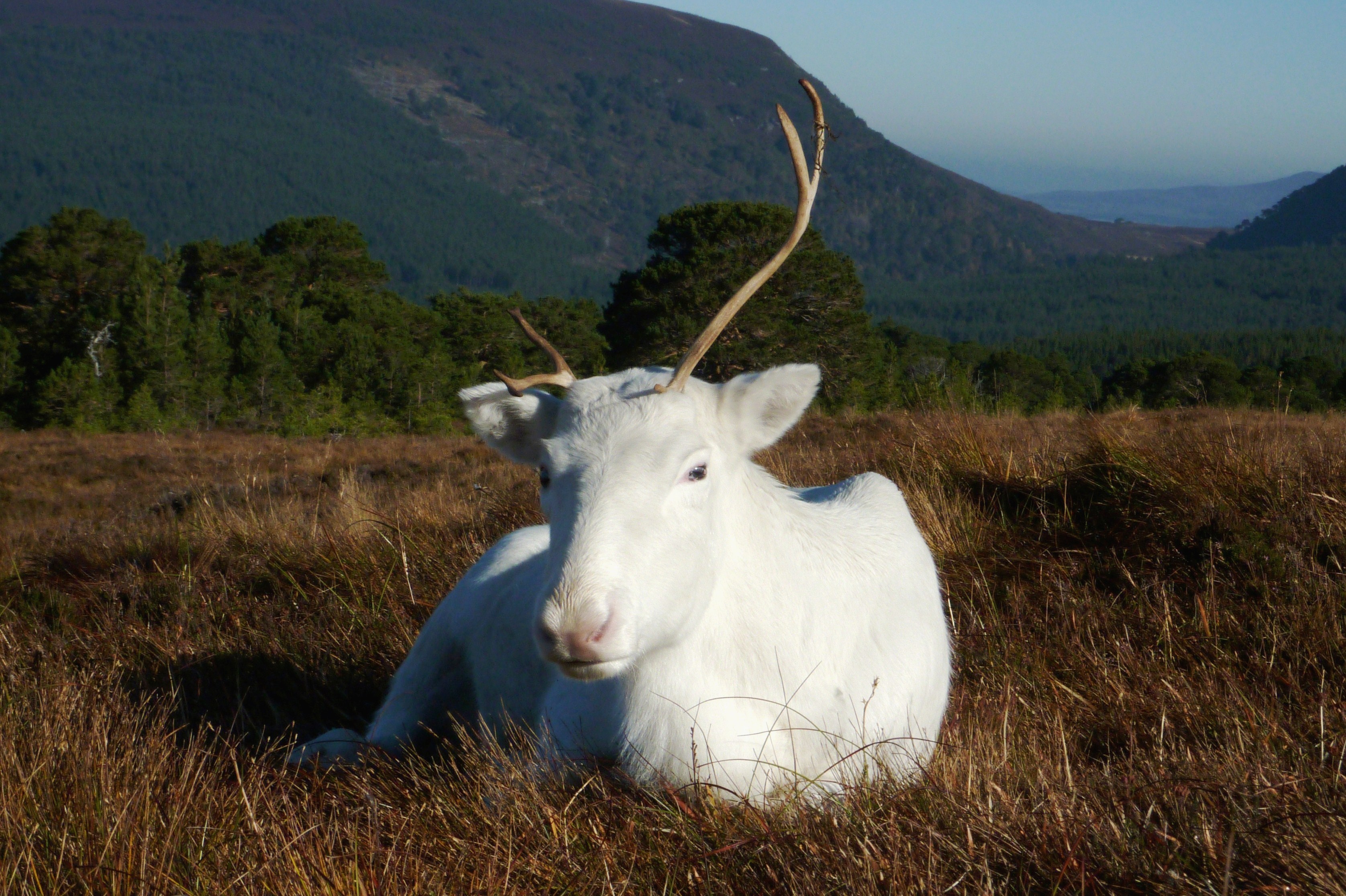Throughout much of the western world, the creation story known is that of Adam and Eve, and perhaps this is the most well-known. The Sámi, however, believe that in the beginning there was only the Sun and the Earth. The Sun was the father, and the Earth the mother, and together they created a Son. The home of the Son of the Sun did not have any females, so he set out on a boat to the land of Giants to find a wife. There, he fell in love (or lust), with the daughter of the blind Giant King. With the help of the daughter, he won a game of finger pulling against her father and earned the right to marry her. They were then intimate, and then sailed away. However, they were pursued by her angry brothers who wanted her back. The couple defeated the brothers with her magical handkerchief and the Son’s hot rays, burning the men to death, essentially. They were married, and she soon gave birth to the ancestors of the Sámi, the Gállá-bártnit, who were hunting sons and passed their hunting knowledge down to the Sámi.

The Sun and the Earth also had a daughter, which the Sámi believe came to earth to live with the Sámi. She gave the Sámi their reindeer to herd, and looked after them. When she was on her deathbed, she talked about wanting to see her Father, the Sun, again, because the darkness was coming in and she worried for the Sámi people. The story of the Son is all about optimism for the future, whereas the poem about the Daughter is about uncertainty and the need to pray to ensure the future of the Sámi way of life.
The Evenkis of Russia and China believe that the earth was all water and was not inhabited by people, until a maiden with an eight legged reindeer created the land. All the people lived in heaven, and when she refused to marry an old man, she was cast out of heaven, because such refusal was a great sin to the people in heaven. Her late father had left her one reindeer, an eight legged beast who she took with her when she was banished. She cried and cried, and fell asleep on the reindeer as they flew to earth. When she woke up, she realised her reindeer was not flying, but falling. The reindeer spoke to her, telling her to pull out his fur and throw it into the ocean below. She did as was told and logs appeared. The reindeer landed on the biggest one. He told the girl to tie them together to make a raft, so she did. There they floated on the ocean of earth, fishing with hair from the reindeer’s neck made into nets and loops, until the reindeer grew old.
Realising he would soon die, he told the girl to kill him. She wept, not wanting to kill her only friend, but he warned that if she didn’t she too would die. The girl reluctantly did as the reindeer wished. She lay his skin on the water, and it became land. His fur became forests and his skull became mountains. His lice became wild reindeer and his broken bones turned into crackling thunder. Before she lay down to sleep that night, she placed his heart on her left side and his lungs on her right. His heart became a hero and his lungs a boy and a girl. His last breath became the wind.

I hope you’ve enjoyed having a read of these little stories and I hope I have told them well. If you know of any others, tell us in the comments below.
Imogen





